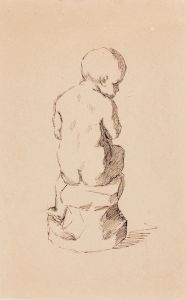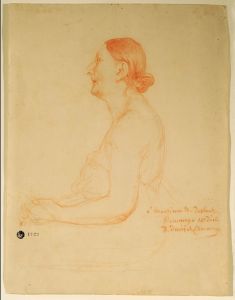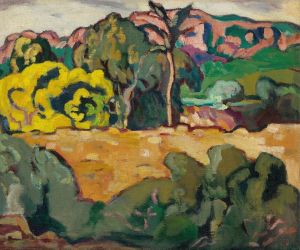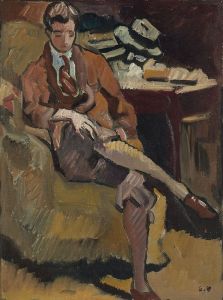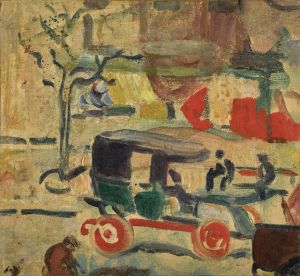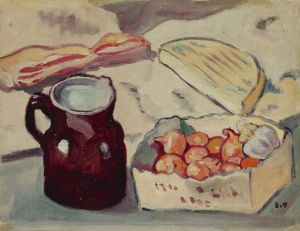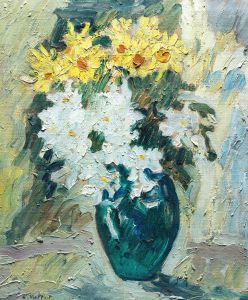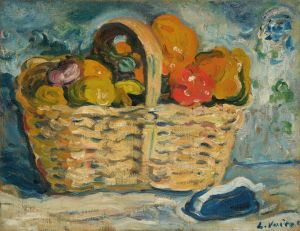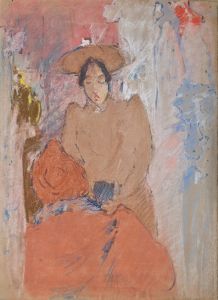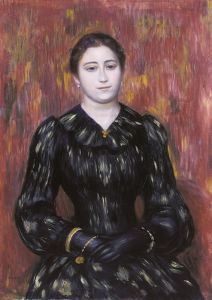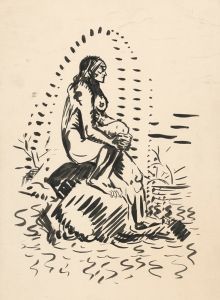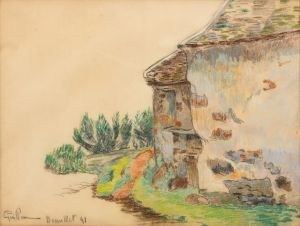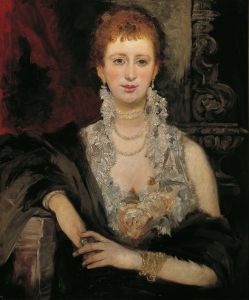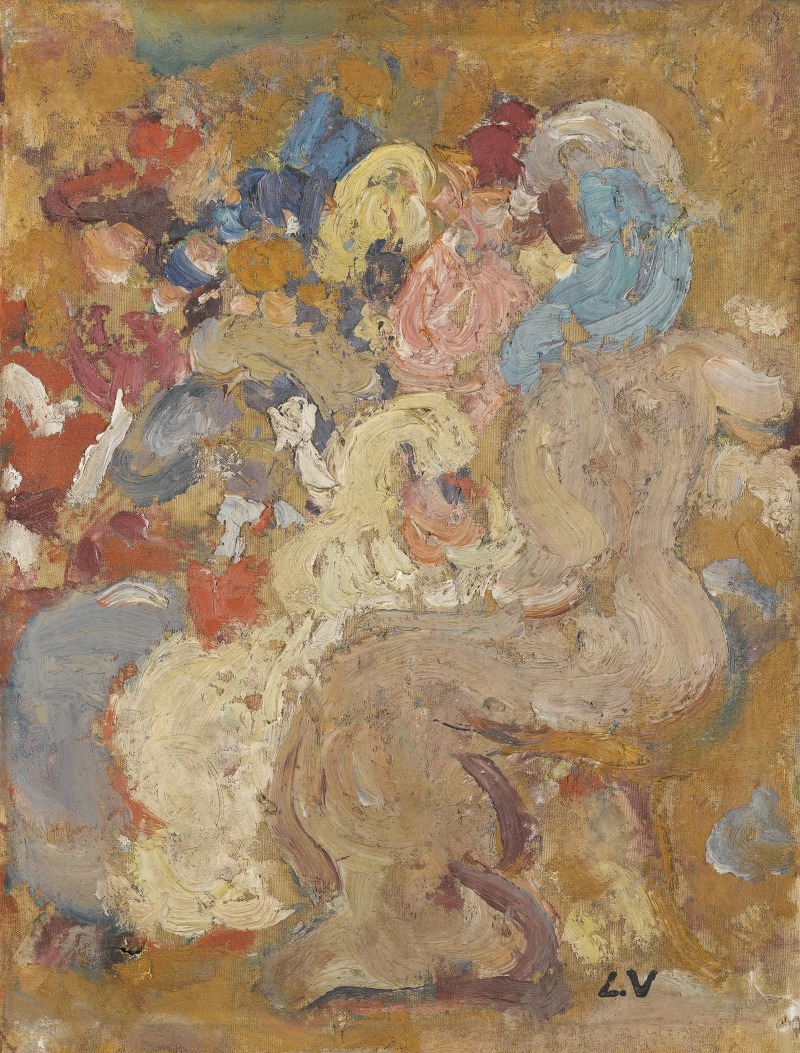
Élégantes au Bois
A hand-painted replica of Louis Valtat’s masterpiece Élégantes au Bois, meticulously crafted by professional artists to capture the true essence of the original. Each piece is created with museum-quality canvas and rare mineral pigments, carefully painted by experienced artists with delicate brushstrokes and rich, layered colors to perfectly recreate the texture of the original artwork. Unlike machine-printed reproductions, this hand-painted version brings the painting to life, infused with the artist’s emotions and skill in every stroke. Whether for personal collection or home decoration, it instantly elevates the artistic atmosphere of any space.
Louis Valtat's painting Élégantes au Bois is a notable work by the French artist, who is often associated with the Fauvist movement and Post-Impressionism. Valtat (1869–1952) was known for his vibrant use of color and his ability to capture the essence of modern life in France during the late 19th and early 20th centuries. While he is not as widely recognized as some of his contemporaries, such as Henri Matisse or André Derain, Valtat's contributions to modern art remain significant, particularly in his exploration of color and light.
Élégantes au Bois (translated as "Elegant Women in the Woods") depicts a serene outdoor scene, featuring women dressed in fashionable attire of the time, leisurely enjoying a wooded setting. The painting reflects Valtat's interest in portraying scenes of bourgeois leisure, a common theme in his work. The composition is characterized by its harmonious balance of figures and landscape, with the women blending into the natural surroundings through the artist's use of bold, yet controlled, color palettes.
Valtat's style in this painting demonstrates his transition from Impressionism to a more modern approach influenced by Fauvism. The brushwork is loose and expressive, while the colors are vivid and non-naturalistic, emphasizing mood and atmosphere over strict realism. This approach aligns with the broader artistic trends of the early 20th century, as artists sought to break away from traditional academic painting and explore new ways of representing the world.
The exact date of Élégantes au Bois is not definitively documented, but it is believed to have been created during the early 1900s, a period when Valtat was actively experimenting with Fauvist techniques. During this time, he was in contact with other avant-garde artists, including Pierre-Auguste Renoir and Paul Signac, who influenced his artistic development. Valtat's works from this era often feature similar themes of leisure and nature, rendered with a focus on color and light.
The painting is an example of Valtat's ability to merge decorative qualities with a sense of modernity, making it a valuable piece within his body of work. While not as widely exhibited or studied as the works of more prominent Fauvist painters, Élégantes au Bois contributes to the understanding of the broader artistic movements of the time and Valtat's role within them.
Further details about the painting's provenance, current location, or exhibition history are not readily available in public records.





